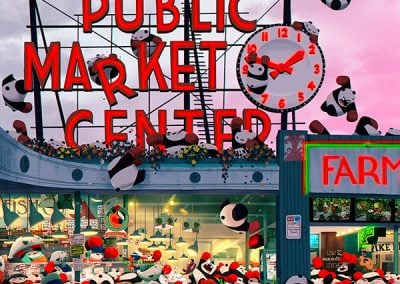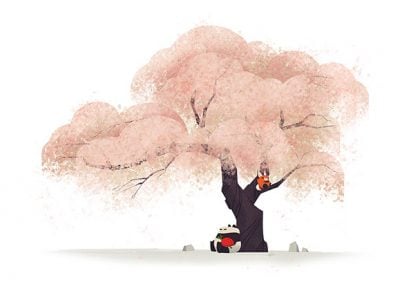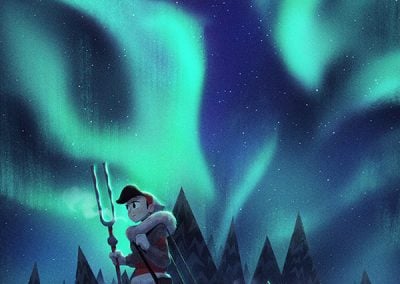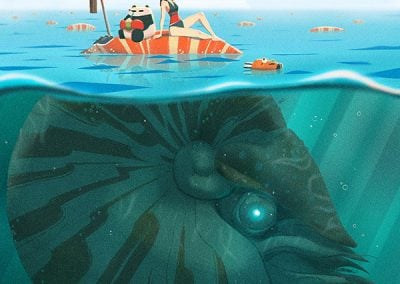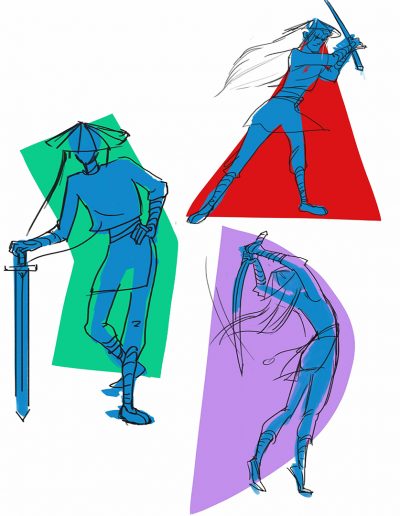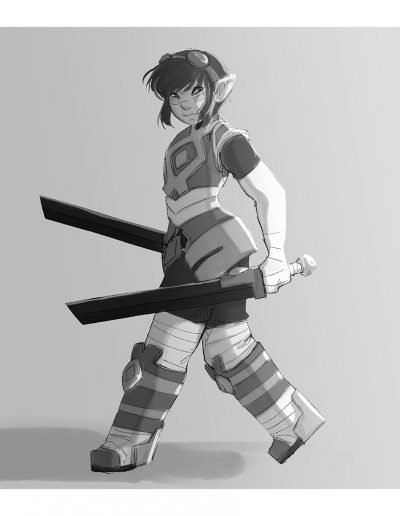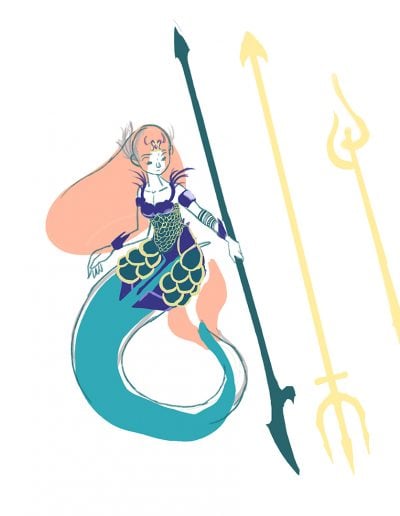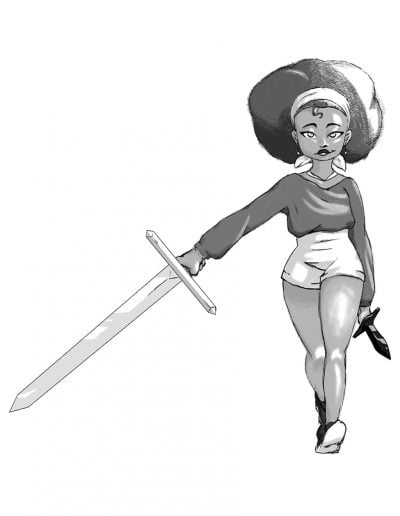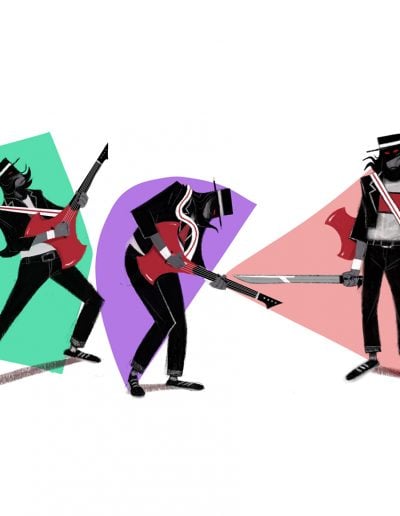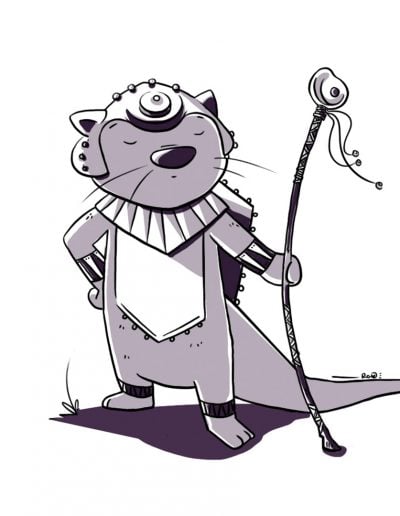Introduction to Character Design
Learn how to create your own character designs in this 6-week workshop
Good character design artists create inspiring and lovable characters
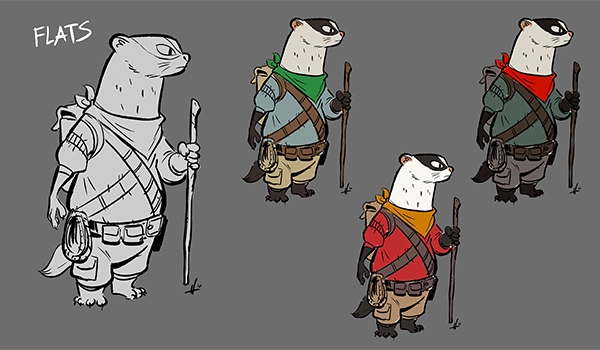
Understanding Shapes and Positive/Negative Space in Character Design
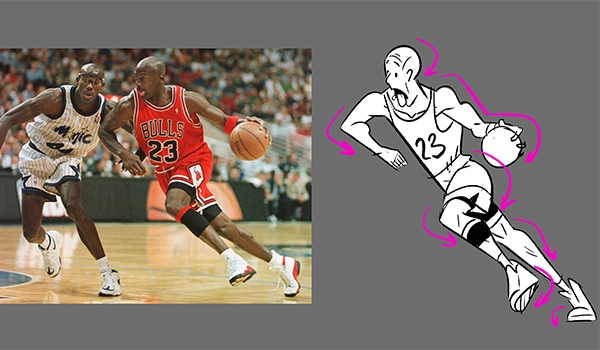
Drawing by Nolen Lee
Learning the fundamental principles of 2D character design is an important first step. The foundation of character design is exploration and iteration. Understanding not only the importance of designing with visual language that supports the story, but also how best to use shapes, reference, anatomy, and imagination to actually create what you’re envisioning is important.
6-WEEK WORKSHOP
$899 USD
Pro Artists Mentor You to Be Successful
Our character design course allows you to learn, practice, and get 1:1 feedback and reviews from our mentors. You will have the chance to learn from them in live conversations as they share insights about what studios are working on and what qualities they look for in an visual artist. Our mentors will work directly with you to grow and improve your skills.


Nolen Lee
Freelance Artist
Punching Pandas
Nolen Lee is a freelance illustrator, artist, and author based in the Seattle area. He is the creator of his own whimsical and humorous brand, The Punching Pandas, and has self-published two books, The Panda is Fat and The Panda is Still Fat.
He has also worked on numerous freelance projects including comics for Disney and commercial illustration for clients such as US Bank, AARP, US Census, as well as various charities. His background in structural engineering informs his art teaching style which emphasizes practicality and simplicity. He continues to develop his own projects including animation and children’s book illustration. You can view more of his work on his website.
*All times are in Pacific Time.
Examples of Nolen’s Work
Click and scroll through images to enlarge
1-on-1 Feedback from a Studio Pro
How the Pros Design Characters
Student Gallery
Click and scroll through images to enlarge
What You’ll Learn in this Course
SESSION 01
The Basics
Before we start designing our characters, we need to understand our tools. In this first lesson we will discuss basic principles of effective drawing to help prepare the beginner to design their own characters. This will include gesture, form and volume, and the importance of thumbnailing. Students will also be introduced to the workflow of creating character designs to get a broad understanding of the process. From initial idea, to research, thumbnails, refinement, variation, and color. In this first session, students will explore the ideation and rough thumbnailing process.
SESSION 02
Humans, Creatures, and Reference
Before we can create characters from imagination, it’s helpful to study and observe the real world around us. In this session we’ll focus on the role of reference, and how to distill down what you see into the essential elements you can include in your design. Students will be introduced to techniques to understand and break down complex human anatomy into simple to understand shapes, as well as beginning to study the differences between human and animal or creature designs.
SESSION 03
Proportion and Shapes
Effective character designs are all about contrast. In this session we’ll focus on ideas of how to use proportion, shapes, asymmetry, and more to push our character designs further. We’ll also explore how those concepts can be applied to the face of your character to create an expression sheet.
SESSION 04
Value and Color
Color and presentation play a large role in the character design process. Many iconic characters have specific colors associated with them, such as the Teenage Mutant Ninja Turtles. In this session we’ll explore these concepts and see how to incorporate value structure, and color, to push our designs further.
SESSION 05
Gesture and Story
We touched upon the ideas of gesture in the first session, but we’ll explore that more in-depth and see how it can help us create compelling stories with our characters. Gesture can help you explore pose ideas with your characters, and make sure your characters read visually from different angles. Students will apply these concepts by creating a three panel comic with their character to tell a specific story.
SESSION 06
Wrap Up and What’s Next
In this final session we’ll review the main components that make up effective character designs, regardless of what genre or medium you’re designing for. Additional topics will include how to embellish your characters with clothing choices, and presentation of your designs through lighting and camera choices. Even though we’re working in 2D, thinking about those components is still important.
Course Requirements for INTRODUCTION TO CHARACTER DESIGN
Course Details
LIVE Q&As | A Total of Six 1-Hour Q&As
ASSIGNMENTS | 5 Character Design Exercises
SOFTWARE | Painting software for assignments (Adobe Photoshop, Clip Studio Paint, Krita or equivalent software). Students may work traditionally if desired, but must be able to photograph or scan assignments.
HARDWARE | Meet Minimum Requirements
AGE | 18 Years or Older
LANGUAGE | English
Skills You Need Before You Start
This workshop is open to students with basic drawing skills but is not graded so that you feel comfortable learning the concepts at your own pace. It’s a good fit for animators wanting to learn more about the visual development stages of the animation pipeline, and anyone interested in a career in concept art or visual development.
What You’ll Learn
If you’re interested in pursuing character design, becoming a concept artist, or you’re an animator hoping to strengthen your thumbnailing and overall design skills, mastering the fundamental principles of character design is a worthwhile goal.
The techniques, theories, and skills you’ll learn in this workshop can be applied to any visual or spatial medium: animation, games, comics, manga, virtual reality, illustration, you-name-it.
After finishing our workshop, you will have gained the following skills, which are essential for any character design artist or visual designer:
- Improved drawing skills
- An understanding of the process to take a character design through ideation to refinement
- An understanding of how to use reference to inspire, inform, and refine your character designs
- Stronger understanding of posing that can be applied to visual mediums from character design, to painting, to 3D animation
- Fluency with shape language and design, allowing you to create interesting and unique visual imagery
- Ability to simplify designs down to their essential elements for clarity and appeal.
- Fundamentals of character design and presentation, allowing you to create appealing and unique characters
FAQ for Introduction to Character Design
What’s the difference between a visual development artist and a character designer?
The main difference between the two is that character designers are specifically focused on creating and animating characters. Visdev artist may be tasked with creating characters or they may work on creating props, sets, environments and backgrounds.
What do character designers do?
A character designer is specifically focused on creating how the character looks. A character designer will handle all parts of the character from their wardrobe to hairstyles, makeup, tools, weapons, and accessories.
Is character design a sub-category of visdev?
Yes, visdev artists work on character design, environment design, and the overall style and feel of the project.
What Students are Saying
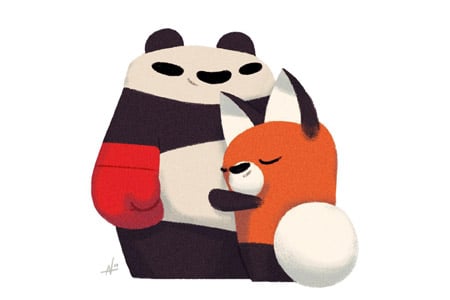
Nolen Lee is Phenomenal
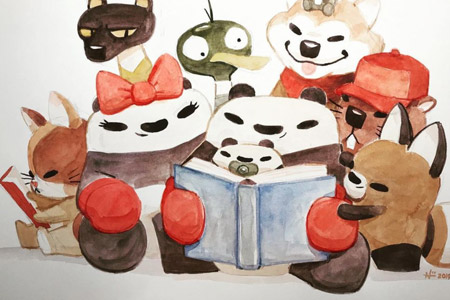


Focused on Character Design
Nolen is an amazing teacher and incredibly knowledgeable in his craft. It’s amazing to watch his design process unfold during the in-class demonstrations. I learned so much about character design, how to craft a compelling idea and generate thumbnail explorations, as I worked towards a final design.
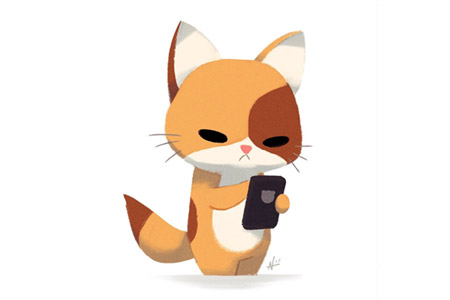


Great Intro to Design
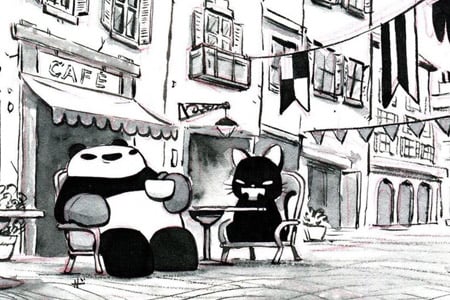


I Learned a Lot from Nolen



Nolen Lee is Phenomenal



Focused on Character Design
Nolen is an amazing teacher and incredibly knowledgeable in his craft. It’s amazing to watch his design process unfold during the in-class demonstrations. I learned so much about character design, how to craft a compelling idea and generate thumbnail explorations, as I worked towards a final design.



Great Intro to Design



I Learned a Lot from Nolen
Related Courses
If you are interested in character design, you might be interested in these workshops as well.
Introduction to
Digital Painting
6-Week Workshop
Learn digital painting techniques and create your own works of art.
Story I: Storyboarding
Fundamentals
6-Week Workshop
Learn basic storyboarding techniques and skills.
Story II: Intermediate Storyboarding
6-Week Workshop
Build a story from scratch, including pitch, script, and animatic.
